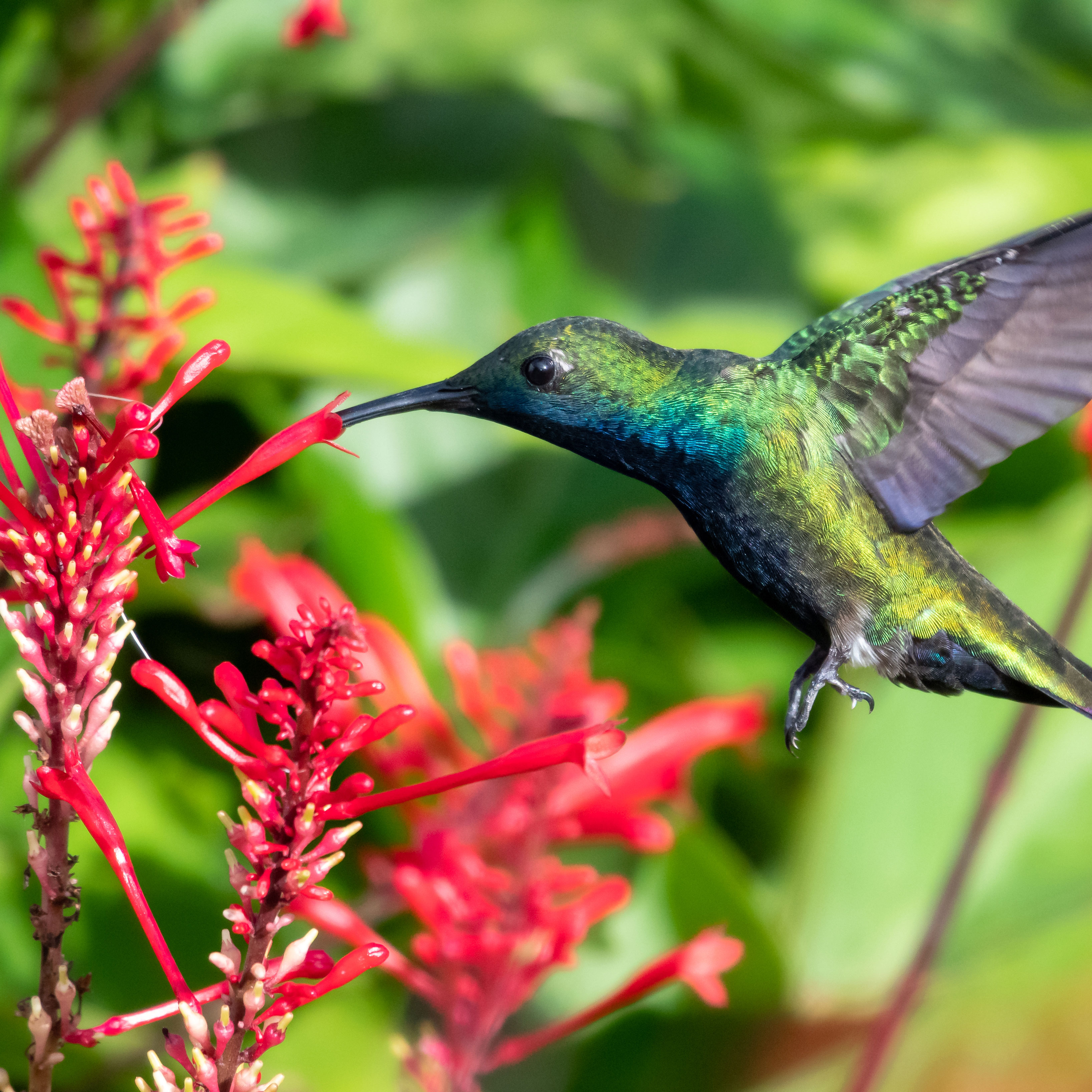Top 10 Questions About African Violets

Here at Gardening Know How we get lots of questions, and our goal is to provide answers to those inquiries to the best of our knowledge, and this includes commonly grown houseplants like the African violet. Below are the 10 most commonly asked questions about African violet plants. We hope you find the answers you are seeking here to help keep your African violet beautiful and healthy.
1. How do I fix limp, droopy African violets?
Limp, droopy African violets are the result of overwatering. In fact, soil that is too wet can lead to crown rot. You'll want to act quickly to save the plants. Remove the plants from their soil and rinse off the roots to get rid of fungal spores, then dust with fungicide. Repot the plant in a container that absorbs extra water, like a terra cotta pot. Change the growing medium to a grittier mix to give the plant better drainage. Be sure that the drainage holes are open. Keep the African violet in the shade for a few weeks and reduce the water you give it.
2. Why doesn't my African violet bloom?
Is your plant getting enough sunlight? An African violet plants require lots of filtered bright light to flower. If your plant is not getting this kind of sunlight, move it to a location where it can. If you aren't feeding the plant, give it some special African violet fertilizer. Alternatively, give the plant a little extra phosphorus by adding bone meal to the soil to support flowering.
3. How to treat powdery mildew on African violets?
Powdery mildew is caused by a fungus. You'll want to use a non-toxic fungicide to treat powdery mildew on African violets. Alternatively, neem oil also does a good job of getting rid of powdery mildew in plants.
Gardening tips, videos, info and more delivered right to your inbox!
Sign up for the Gardening Know How newsletter today and receive a free copy of our e-book "How to Grow Delicious Tomatoes".
4. Why are leaves curling on African violet?
African violets curl their leaves when something isn't to their liking. If you irrigate them with water that is too cold, you'll see their leaves curling. Too much or too little water also causes curling. Another reason for curling leaves is the presence of mites on the plant, but it can also be inadequate light.
5. How to deadhead the flowers on an African violet?
Deadheading African violets can't be a quick and dirty operation since these plants are extremely sensitive to change. Take your time and plan on snipping a little every day. The first day, cut the flower off at the point where it joins the stem. Over the next few days, cut the stem back a little each day as it dies. That gives the plant the chance to take back the nutrients in the stem.
6. What type of light does the African violet need?
Your African violet needs plenty of filtered light, but never direct sunlight. Be sure your plant is getting bright to medium intensity light. For example, you can place your plant 3 feet (1 m.) from a south-facing or west-facing window to get the violet appropriate light. If your plant has dark green foliage, give it higher light levels than pale green foliage. Use fluorescent lights if necessary.
7. Can African violets get aphids?
Like so many plants, African violets can get aphids. Look for them on the underside of the leaves. They'll be in clusters, usually green or black. Treat your infected plant with neem oil to get rid of the aphids. It also works for spider mites.
8. Should I repot my African violet?
If your African violet is leggy and growing out of the pot, you can repot it in a slightly largely container. You can also use the leaves of the plant to start growing new plants.
9. How to propagate an African violet plant?
You can start growing a new African violet plant by putting an old leaf in a new pot. Be sure the leaf node is touching the soil. You can also find a "pup" (or small plant) growing at the stem of the plant. These pups can also be transplanted to form new plants.
10. Can you divide an African violet plant?
Yes, you can divide an African violet plant when it gets large. To divide it, first cut away the crown from the plant. You want each divided portion to retain a piece of the root system. Transplant each rooted division into small pots filled with African violet potting mix.
We all have questions now and then, whether long-time gardeners or those just starting out. So if you have a gardening question, get a gardening answer. We're always here to help.

Teo Spengler is a master gardener and a docent at the San Francisco Botanical Garden, where she hosts public tours. She has studied horticulture and written about nature, trees, plants, and gardening for more than two decades. Her extended family includes some 30 houseplants and hundreds of outdoor plants, including 250 trees, which are her main passion. Spengler currently splits her life between San Francisco and the French Basque Country, though she was raised in Alaska, giving her experience of gardening in a range of climates.
-
 Terrifically Tubular Flowers For Hummingbirds: 9 Tube-Flowered Plants To Attract Hummers
Terrifically Tubular Flowers For Hummingbirds: 9 Tube-Flowered Plants To Attract HummersGrowing tubular flowers for hummingbirds helps you create the optimum feeding conditions for your winged friends. Here are nine tubed delights for hummers
By Tonya Barnett
-
 How To Grow Hydroponic Tomatoes For Fresh Indoor Harvests – No Soil Required
How To Grow Hydroponic Tomatoes For Fresh Indoor Harvests – No Soil RequiredLearning how to grow tomatoes in water is easy and allows you to harvest fresh-home-grown produce in every season without any mess.
By Ellen Wells